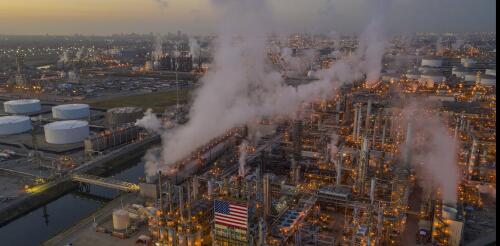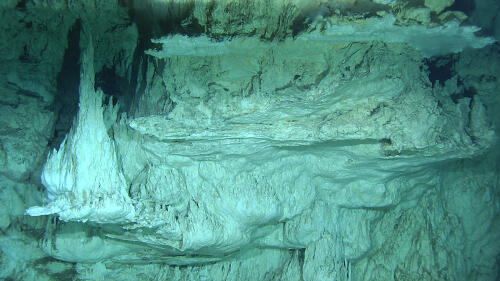carbon emissions
Wherever people look, climate change is inflicting ever greater physical, economic, and mental costs on people and communities. From the impact of extreme weather events on food security to the growing spread of infectious diseases as weather patterns change, and with the rise of deadly heat waves, it is undeniable that what harms our planet also harms our health. To meet the Paris Climate Agreement targets of limiting global temperature rise to under 1.5°C (2.7°F), every sector—including health care—must undergo decarbonization in adapting to this new reality. Health care is one of many sectors fueling the climate crisis, emitting more global carbon dioxide (CO2) emissions than the shipping industry. In a new study, Unitaid sought to answer whether switching from one drug to another could provide lifesaving benefits while reducing carbon emissions. The findings reveal that this is not only possible, but also already...
After two years of intense public debate, the U.S. Securities and Exchange Commission approved the nation’s first national climate disclosure rules on March 6, 2024, setting out requirements for publicly listed companies to report their climate-related risks and in some cases their greenhouse gas emissions. The new rules are much weaker than those originally proposed. Significantly, the SEC dropped a controversial plan to require companies to report Scope 3 emissions – emissions generated throughout the company’s supply chain and customers’ use of its products. The rules do require larger companies to disclose Scope 1 and 2 emissions, which are emissions from their operations and energy use. But those disclosures are required only to the extent that the company believes the information would be financially “material” to a reasonable investor’s decision making. More broadly, the new rules require publicly listed companies to disclose cli...
Every year, Americans buy somewhere between 35 million and 50 million Christmas trees, and many more pull an artificial tree out of storage for the season. In all, about three-quarters of U.S. households typically have some kind of Christmas tree, surveys show. People often ask which is more sustainable – a real tree or an artificial one? It’s a big debate, and the answer depends on who you ask and which factors you consider. A more useful question is: How do I find the most sustainable tree of the kind I want to get? I’m a forestry professor who works on issues of sustainability. There are advantages and disadvantages to both cut trees and artificial trees. Here are some tips to consider for each. Cut Christmas trees require water and maintenance – and careful thought about disposal. 10'000 Hours/DigitalVision via Getty Images If you’re buying a live Christmas tree W...
Leia em português. Many of the world’s largest public and private companies will soon be required to track and report almost all of their greenhouse gas emissions if they do business in California – including emissions from their supply chains, business travel, employees’ commutes and the way customers use their products. That means oil and gas companies like Chevron will likely have to account for emissions from vehicles that use their gasoline, and Apple will have to account for materials that go into iPhones. It’s a huge leap from current federal and state reporting requirements, which require reporting of only certain emissions from companies’ direct operations. And it will have global ramifications. California Gov. Gavin Newsom signed two new rules into law on Oct. 7, 2023. Under the new Climate Corporate Data Accountability Act, U.S. companies with annual revenues of US$1 billion or more will have to report both their direct and indire...
More than a quarter of the wild seafood that the world eats comes from the seafloor. Shrimp, skate, sole, cod and other creatures — mostly flat ones — that roam the bottom of the ocean get scooped up in huge nets. These nets, called bottom trawls, wrangle millions of tons of fish worth billions of dollars each year. But they also damage coral, sponges, starfish, worms, and other sand-dwellers as the nets scrape against the ocean bed. Environmentalists sometimes liken the practice to strip-mining or clear-cutting forests. According to a new study in the journal Frontiers in Marine Science, bottom trawling may be even worse than many people had thought. Dragging nets through the sand — which occurs over some 5 million square kilometers, a little over 1 percent of the ocean floor — isn’t just a threat to marine life. The study found that stirring up carbon-rich sediment on the seafloor releases some 370 million metric tons of planet-w...




